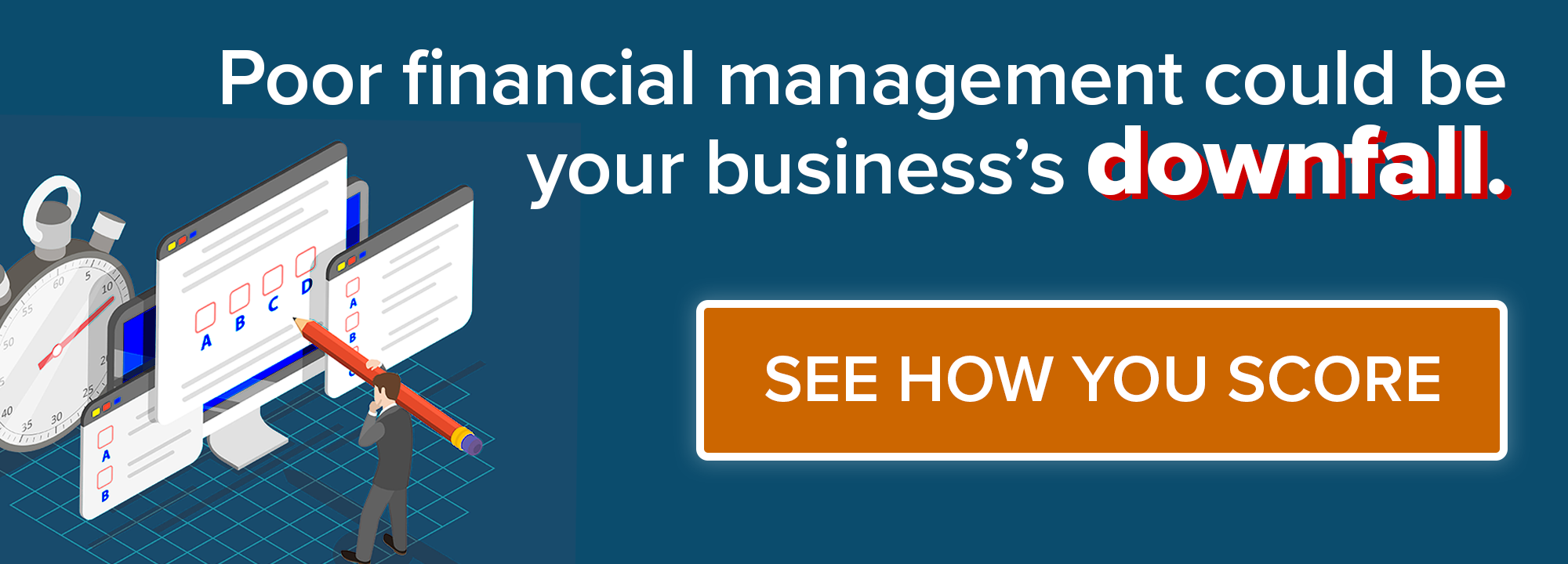
An income statement and a balance sheet will tell me the same thing, right? Not exactly. While it is true that both financial statements will provide insight into your company’s finances, each statement has its own set of variables. A good financial manager looks at both the income statement and the balance sheet.
Your income statement reports the income and expenses for a specific period of time (i.e. a month, a quarter, or a year), whereas the balance sheet lists your company’s assets and liabilities at a specific date. Besides time parameters, here are a few differences between an income statement and a balance sheet.
The Balance Sheet vs. The Income Statement
A balance sheet is a snapshot of your financial data at a point in time. On the other hand, an income statement is a like a video; it’s the cumulative view of your income over a period of time.
Read More: How Your Balance Sheet and Income Statement Work Together
Income Statement
An income statement can also be referred to as a profit and loss (P&L) statement.
The income statement shows how much revenue your company has earned over a specific time period (i.e. a quarter or a year) and includes the costs and expenses that are associated with earning this revenue. Typical expenses include the costs of the goods sold, operating expenses (such as marketing, business development, and administrative expenses), and taxes.
Once you factor all of these variables in, you’re left with what your company has earned or lost during the specific period. This is known as the “bottom line.” What the bottom line shows is if your company has earned money or lost money during this period. In essence, the income statement tries to measure if the products and/or services your company offers are profitable, once you factor out all of the expenses associated with running the business.
Without seeing the true trends over time, you're looking at inventory balances and gross profit margins that don't reflect reality, which means you don't really have a grasp on the money coming in or going out of your business.
In-House Vs. Outsourcing Accounting Services: Cost Comparision 👇

In-house bookkeeping & accounting employees could actually be costing you more, while delivering less. It's time to unveil the truth behind the numbers and unleash the potential for growth within your organization.
Click HERE To Download The Full Infographic (.pdf)
Balance Sheet
A balance sheet is comprised of your assets, liabilities and equities.
Read More: 3 Steps to Get the Most Out of Your Balance Sheet
While an income statement looks at data for a specific period such as a month or a year, the balance sheet is a snapshot of financial data at a specific point in time. Your company’s balance sheet provides a look at your business assets and liabilities at the time of reporting. So, how do assets and liabilities differ from the variables in an income statement such as income and expenses? Here’s how:
Assets are what your company owns. Any physical property such as machinery, cars, trucks, and inventory, are all considered assets. Cash is also considered an asset as are any investments made by your company.
Assets are usually listed on the balance sheet in order of how quickly they can be converted into cash. Inventory tops the list as it can be quickly turned into cash; then it is followed by non-current assets and fixed assets such as office furniture, electronic equipment, and other items that aren’t expected to be converted into cash (but could be if needed).
Liabilities are amounts of money your company owes to others. Included under the liability category are loans (money borrowed from a bank), money owed to suppliers, and even taxes.
Liabilities differ from expenses in that they also factor in future money owed. So for example, rent can be considered both an expense and a liability. Rent is calculated as an expense on the income statement for rent already paid in that period. On the balance sheet, rent can be considered a liability in that according to the lease, you owe “x” amount of dollars each month for rent – future money owed to another party.
When you look at a balance sheet, you should be looking for balances that don't make sense.
Read More: Are You Sure Your Financial Statements Are Correct?
How confident are you that your financial statements are accurate? If you're not sure about your answer, it's probably time to call on a team of experts who can help you organize the data and report correct numbers. At GrowthForce, this is one of our specialties. We offer accounting solutions that go far beyond simple bookkeeping. Learn more about how we can help you improve cash flow and increase profitability today!

.png?width=2000&height=440&name=Transitional%20GF%20Logo%20-%20Transparent%20(1).png)
